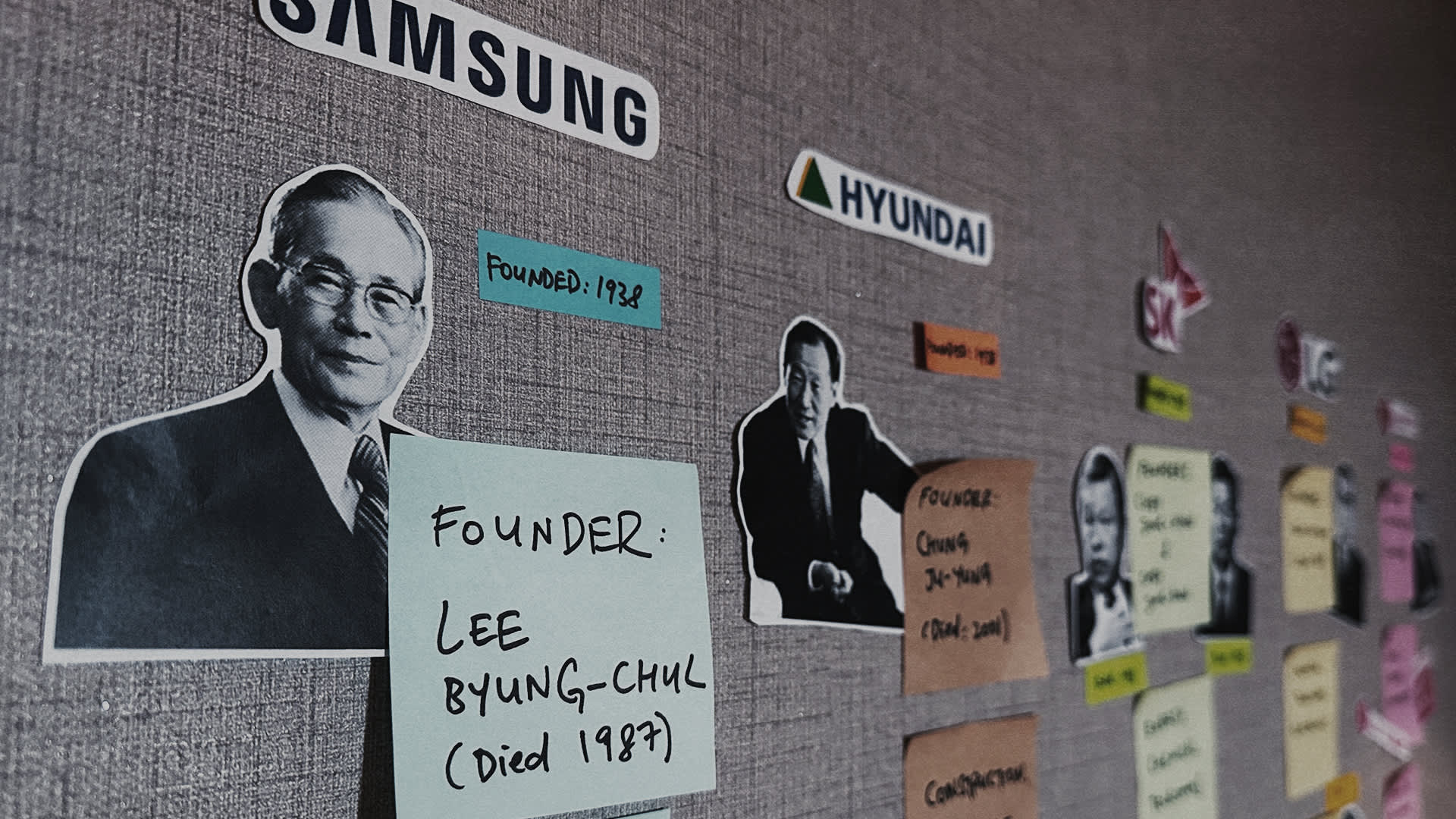There are 82 chaebols in South Korea as of 2023. These are conglomerates that are usually run by one single family, with total assets that exceed 5 trillion Korean won ($3.69 billion).
And the revenue of the 10 biggest, including Samsung, Hyundai and LG, accounted for almost 60% of South Korea’s GDP in 2021, or more than a trillion dollars.
These sprawling business dynasties have helped transform South Korea’s economy from one of the poorest in the 1960s to one of the largest exporters in the world.
Tae-Ho Bark, president of the Lee & Ko Global Commerce Institute, who also served as South Korea’s trade minister from 2011 to 2013, told CNBC in an interview that the policymaking of Park Chung-Hee, South Korea’s first president, is credited as the origin of the Korean conglomerate.
“[Chaebols] did a good job for the country,” he said. “They also created many jobs for the people.”
Despite this remarkable growth, there are calls for change and innovation to propel South Korea forward, due to anti-chaebol sentiment fueled by corruption and financial scandals that involved the heads of conglomerates like Samsung and LG.
CNBC reached out to multiple chaebols for comment, but none replied.
Sang-in Park, an economics professor at Seoul National University, said that South Korea’s rapid economic growth contributed to the unchecked power of the Korean chaebols.
“Due to the financial liberalization, Korean big chaebols can finance by themselves, using insurance companies and security companies,” he said. “They became very independent from the influence of the policy itself or the bureaucrats’ control.”
Watch the video to find out more about the history and future of the big business groups in South Korea.

